By Nathan Burroughs
Check out this Story Map Web App for a complete trip report of Nathan’s journey, featuring photos and specific site locations of all his ascents.
THE FOURTH VOLCANO: MOUNT BAKER, KOMA KOLSHAN, “THE GREAT WHITE SENTINEL OF THE NORTH”
With the arrival of spring and our eyes set on the last two volcanoes, my buddies and I finally completed a one-day crevasse rescue course at Paradise on Mount Rainier in April. On a Friday evening, we set up camp at the Coleman-Deming route trailhead for Mount Baker, joined by approximately 300 other individuals, equally as excited to summit Mount Baker.
The next morning, we woke up at 3:30am. I was running a (non-Covid) fever with complete sinus congestion. But bailing wasn’t an option if I wanted to complete my volcano mission. We got our gear in check. I led our rope team up 7,300 vertical feet of Mount Baker, following the boot pack and avoiding crevasses. After cresting the Roman Wall, we ditched our packs and boards and crossed the flat summit plateau to Mount Baker’s true summit around 1:00pm. I was feeling pretty miserable. Nonetheless, the views were incredible – we could see Glacier Peak and Rainier to the south, and Canada’s lone cascade volcano (up for debate), Garibaldi, to the north.
The snowboard descent was awesome. Remember earlier, I mentioned how the Mount Adams descent was the best run of our lives? Well, Mount Baker trumped it. After some icy skiing and snowboarding down the Roman Wall, we got perfect snow corn all the way back to tree line. We traversed to skiers left of the bootpack and got thousands of vertical feet of untouched turns. When we unstrapped at tree line, we kept asking, “Did that really happen?”.
We got back to the car around 4:00pm, about three hours after starting our descent. Besides being super fun and way quicker, snowboarding and skiing down has the added benefit of more surface area, making it harder to punch through weak snow bridges concealing crevasses. As we drove back to Seattle, we couldn’t stop chatting about our final volcano: Mount Rainier.
THE FIFTH VOLCANO: MOUNT RAINIER, TACOMA/TAHOMA, “AMERICA’S MOUNTAIN”
The red tape around Mount Rainier is a logistical nightmare. Months in advance, the permits open for the season and madness ensues as everyone scoops up permits. Luckily, we scored permits for 5 weekends. However, nearly a month went by until we were met with good weather conditions on one of our permitted weekends. Finally, on Independence Day weekend, we showed up at the Paradise Ranger Station with all our gear.
Our Mount Rainier climb was a two-day trip. On Sunday, we started around 8:00am and got to Camp Muir around noon. After hanging out and eating lunch, we roped up and arrived at Ingraham Flats at 11,100 ft around 3:00pm. Ingraham Flats is a ridiculous campsite, located on a flat part of the Ingraham Glacier and surrounded by enormous crevasses, seracs, and ice falls. We dug out our campsite, said a few nice words to our neighbors, then tried to sleep at 6:00pm. As we listened to ice fall of the serac above us, admittedly it was tough.
We woke up at 11:30pm, got our gear together, and began our summit ascent with nothing but our headlamps and the bootpack to guide us.
In our group, I was the only one who had previously been over 14,000 ft, on Mount Whitney and Mount Elbert. I tried leading us at a slow pace as much as possible. Nonetheless, we all were feeling different symptoms of altitude sickness as we finally crested Mount Rainier’s crater rim. A little later, after crossing the crater, we stood on the summit of my fifth volcano. Of course, I wasn’t feeling the greatest, so I had a hard time taking it all in. After snapping a few photos, we decided to start trudging down the mountain to alleviate our altitude sickness.
As we retraced our steps, it was amazing seeing the enormous crevasses we had crossed and skirted by earlier in the dark. The upper Ingraham Glacier is the most foreign world I’ve ever seen. At the top of Disappointment Cleaver, we got our first glimpses of Ingraham Flats surrounded by gaping crevasses from above. It blew our minds. 90% of accidents happen on the descent, so we were extremely cautious.
When we made it back to Camp Muir and unroped, we finally started celebrating our accomplishment. A group of four with no guide (for this or any previous mountain), with zero previous Rainier summit experience, let alone a single Rainier summit attempt, where only one of us had ever been above 14k ft, all living at sea level, and yet all successfully summitting Mount Rainier...
One of my favorite parts of our summit was the stretch from the lower Muir Snowfields back to the car at Paradise Ranger Station. Every couple steps we would look back at Mount Rainier, thinking “Dang, we were just up there!” With Mount Rainier National Park being full of tourists, it was fun being asked by folks where we were coming down from. Back at the car, we hung out for quite a while. The Paradise parking lot is one of my favorite places in the world. Nowhere else (aside from maybe Yosemite) do you find such hardcore mountaineers and outdoorsmen intermingling with people from all over the world.
And just like that, my volcano quest was complete, a year and a half after concocting the idea with my buddies in Whistler. Not sure what’s next. Perhaps the Oregon ones. Or maybe it’s finally time for Mother Nature to add a new volcano to the chain.









